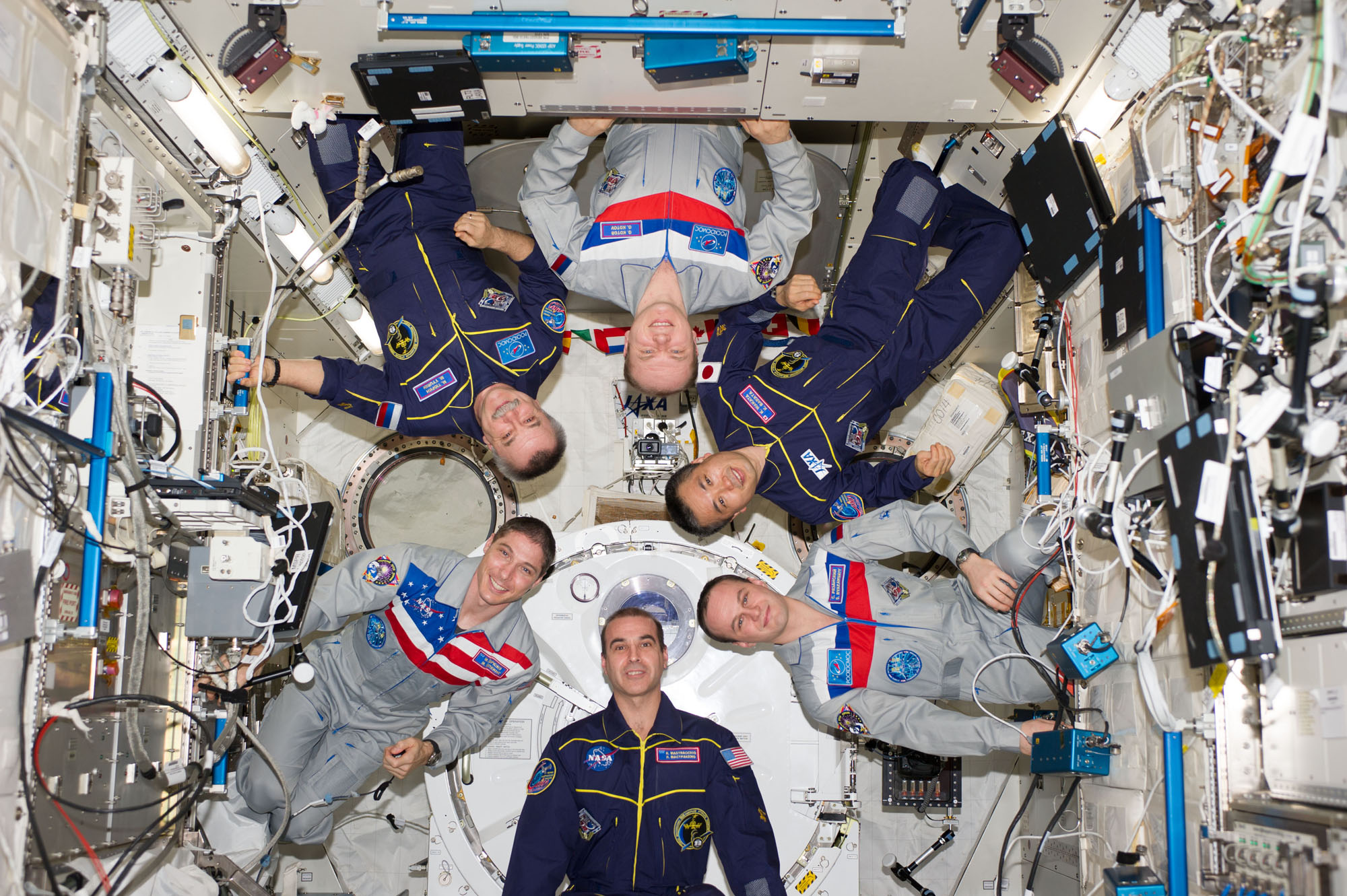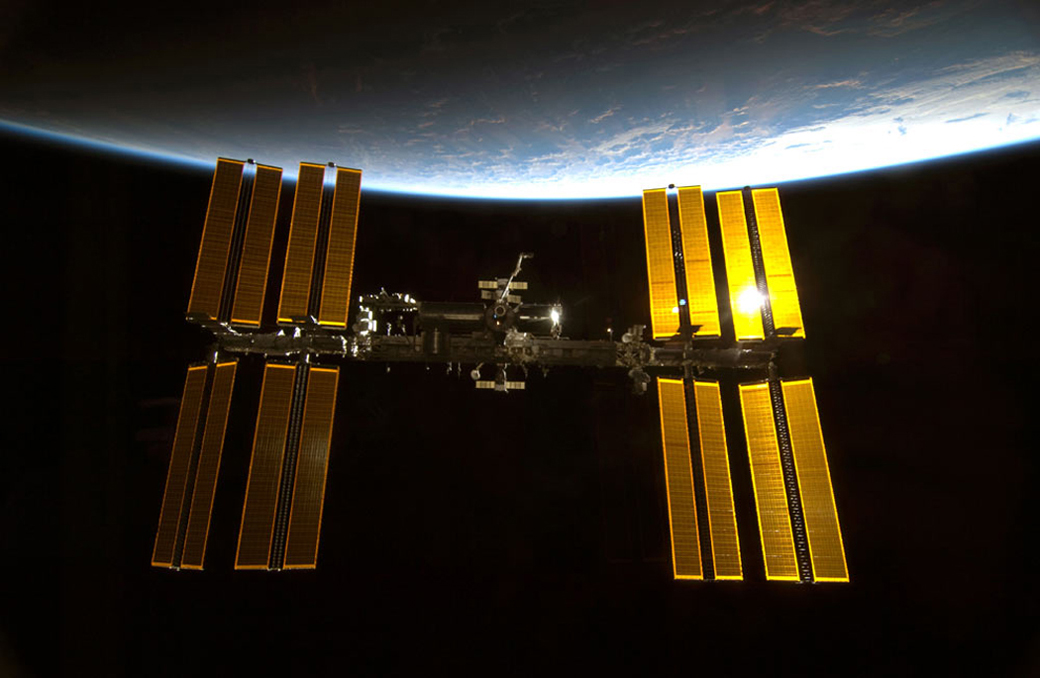Russia-Ukraine Tension Won't Affect US Astronauts on Space Station, NASA Chief Says

Tensions between the United States and Russia are heightened, but that shouldn't affect operations on the International Space Station, NASA chief Charlie Bolden said today (March 4).
NASA's Mike Hopkins, Russia's Oleg Kotov and Sergey Ryazanskiy are scheduled to fly back to Earth aboard a Russian Soyuz spacecraft Monday (March 10). NASA officials are confident that the landing will not be affected by the current political climate, however. U.S. and Russian relations have been strained in recent days due to the ongoing situation in the Ukraine. Crews on the space station have weathered political situations like this one before, Bolden said.
"I think people lose track of the fact that we have occupied the International Space Station now for 13 consecutive years uninterrupted, and that has been through multiple international crises," Bolden said during a news conference. "I don't think it's an insignificant fact that we're starting to see a number of people with the idea that the International Space Station be nominated for the Nobel Peace Prize. It's not trivial. It has continued to exist and continued to function with people from a variety of cultures and beliefs, but we all are focused on the mission of the International Space Station." [See photos of the station's current crew]

Shortly after Hopkins, Kotov and Ryazanskiy land in Kazakhstan on March 10, three more crewmembers will launch to the station atop a Soyuz rocket. NASA astronaut Steve Swanson and cosmonauts Alexander Skvortsov and Oleg Artemyev, will depart Earth for their stints on the orbiting outpost on March 25.
Currently, Russia's Soyuz spacecraft are the only vehicles that ferry NASA astronauts to space and back. NASA officials hope to change that in the future by using private spacecraft currently under development in the United States today. The U.S. space agency's Commercial Crew Program is designed to foster the growth of private spaceflight systems that may take astronauts into low-Earth orbit sometime in the near future.

The space station has recently been granted a life extension until at least 2024. The $100 billion orbiting outpost is the largest manmade structure in space, and rotating crews of astronauts and cosmonauts have manned it since 2000. Five space agencies representing 15 different countries helped build the space laboratory.
Editor's Note: This story was updated at 4:50 p.m. ET to include new comments and details from NASA Administrator Charles Bolden.
Get the Space.com Newsletter
Breaking space news, the latest updates on rocket launches, skywatching events and more!
Follow Miriam Kramer @mirikramer and Google+. Follow us @Spacedotcom, Facebook and Google+. Original article on Space.com.
Join our Space Forums to keep talking space on the latest missions, night sky and more! And if you have a news tip, correction or comment, let us know at: community@space.com.

Miriam Kramer joined Space.com as a Staff Writer in December 2012. Since then, she has floated in weightlessness on a zero-gravity flight, felt the pull of 4-Gs in a trainer aircraft and watched rockets soar into space from Florida and Virginia. She also served as Space.com's lead space entertainment reporter, and enjoys all aspects of space news, astronomy and commercial spaceflight. Miriam has also presented space stories during live interviews with Fox News and other TV and radio outlets. She originally hails from Knoxville, Tennessee where she and her family would take trips to dark spots on the outskirts of town to watch meteor showers every year. She loves to travel and one day hopes to see the northern lights in person. Miriam is currently a space reporter with Axios, writing the Axios Space newsletter. You can follow Miriam on Twitter.









